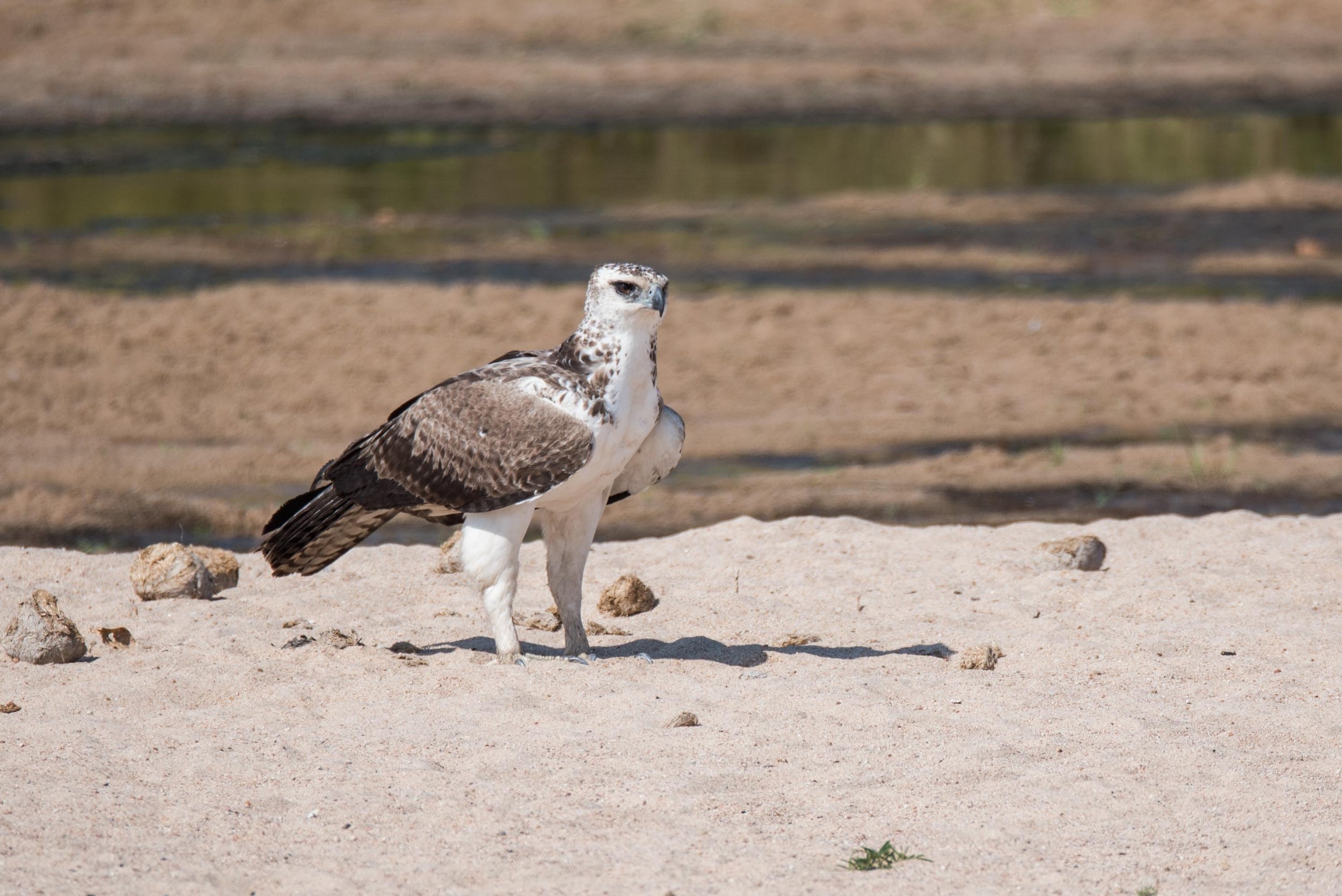
Birdwatching
Tanzania is a popular destination for birdwatchers, with more than 1164 species, of which over 890 species are resident including 33 endemics, and nearly 260 are regular migrant species found throughout the country. Our tours cover a variety of habitats, including national parks, nature forest reserves, conservation areas, coastal areas, and wetlands, providing the opportunity to see a diverse range of bird species. Some of the popular bird species to look out for in Tanzania include the African fish eagle, Ashy starling, Red-and-yellow barbet, Fischer's lovebird, Tanzanian red-billed hornbill, Grey-breasted Francolin, Secretarybird, Martial Eagle and many more.
We are thrilled to offer an accessible, engaging, memorable, and eco-friendly birding experience for both beginners and expert birdwatchers, with a dedication to sustainable and responsible tourism, with experienced and specialty local guides and in-depth knowledge of the bird species.
Our birdwatching tours are fully customized, allowing guests to create their birdwatching itinerary based on their interests and preferences.
Below are sample itineraries of our most popular Tanzania birding tours.
FAQs
-
Approximately 76% of Tanzania's bird species are resident, allowing for birding opportunities year-round.
The optimal time for birdwatching is typically from June to March. However, access to some places is limited from November to May.
For those seeking to observe a diverse range of species, including migratory birds from Europe and southern Asia, as well as intra-African migrants and resident birds displaying striking breeding plumage, the best time to visit is from November to March.
-
The number of bird species seen on our tours varies depending on factors such as the time of year, tour duration, participants' energy level, and more. Generally, a two-week tour in Tanzania can yield sightings of 350-500 bird species.
-
For the best birding experience, we limit our tours to a maximum of 6 guests.
-
Our tours range from day trips to 30-day expeditions.
-
The necessary items to bring may vary depending on the time of year and tour destination. However, we strongly advise packing essential personal items regardless of the season. These items include binoculars, a spotting scope (if available), a camera, warm clothing, cargo pants, rain gear (especially from October to May), a lens cleaning kit, comfortable hiking shoes, a hat, a torch, a bird guidebook, insect repellent, and sunscreen lotion.
-
Yes, our tours are private, and photography is welcome at your own pace. However, if your trip primarily focuses on bird observations, photography opportunities may be limited.
-
Guests of all ages are welcome on our tours. However, for activities such as hikes in places like the Udzungwa and Uluguru Mountains, participants should be in good health and physically fit.
-
Yes, we offer a selection of highly skilled and passionate bird guides who are committed to providing you with an exceptional experience. Detailed profiles of our guides can be found on the "About Us" page of our website. Please be aware that our bird guides are in high demand, and we strongly advise booking your tour at least three months before your departure to secure their services.
-
The tour cost covers the services of an experienced local bird guide, driver, accommodations (twin /double occupancy), meals, packed lunches, water throughout the trip, park and forest reserve entry fees, government taxes, medivac insurance, and domestic flights if applicable. Exclusions include tipping for hotel staff and guides, travel insurance, alcoholic beverages, visas, international flights, laundry, and personal items.







